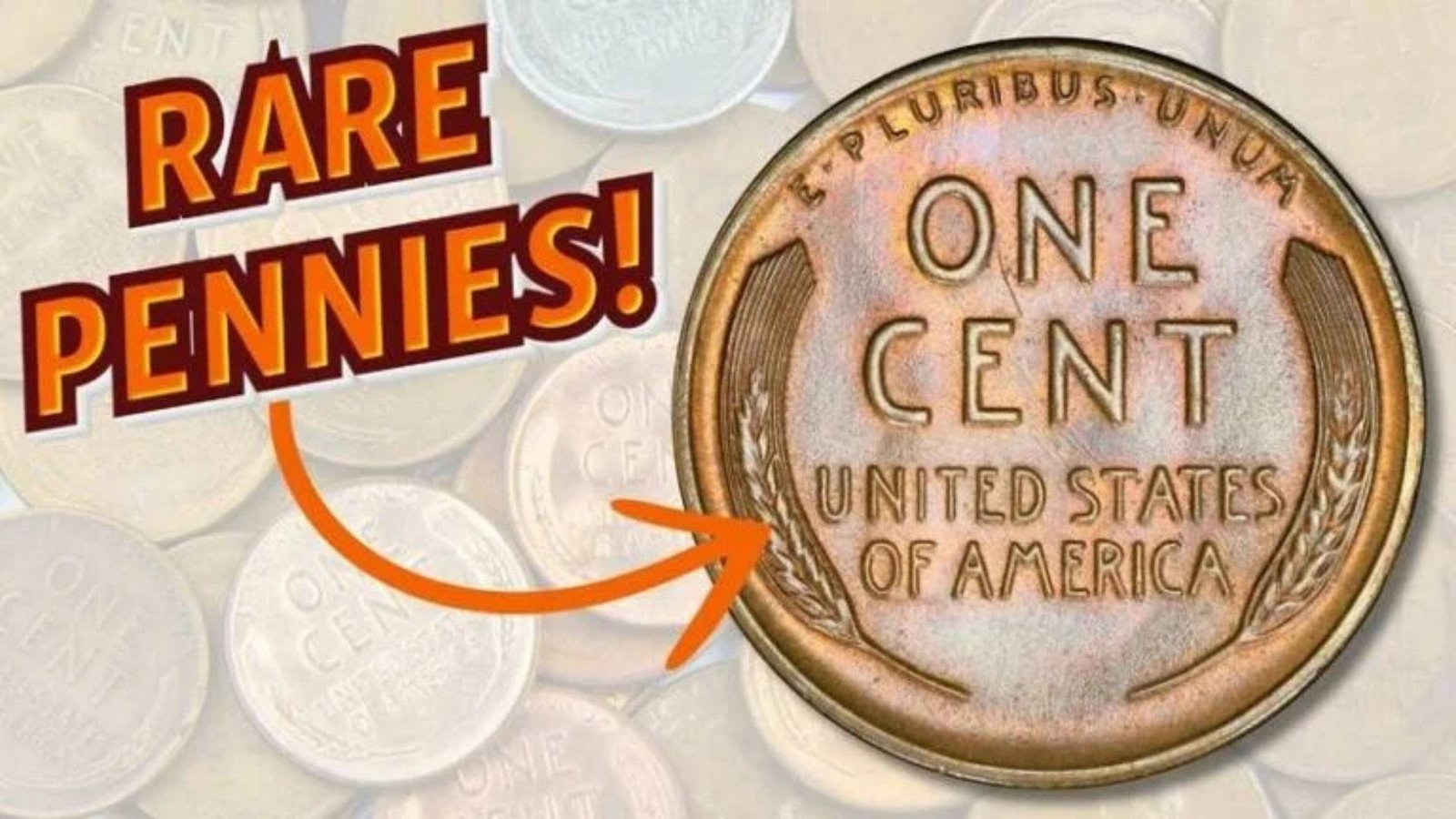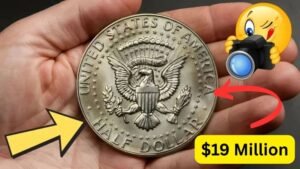The Lincoln Wheat Penny, a small coin with a big story, has captured the hearts of collectors and everyday people alike. Rumors swirl about a rare version of this penny, potentially valued at an astonishing $2.2 billion, still floating around in circulation. Could you have one in your change jar? Let’s dive into the fascinating world of the Lincoln Wheat Penny, its history, what makes it so valuable, and how you can spot one.
What Is the Lincoln Wheat Penny?
The Lincoln Wheat Penny is a U.S. one-cent coin minted from 1909 to 1958. Designed by Victor David Brenner, it features President Abraham Lincoln’s portrait on the front and two wheat stalks on the back, giving it the nickname “Wheat Penny.” This iconic coin is a favorite among collectors due to its historical significance and rare varieties.
Why Is It So Special?
Certain Lincoln Wheat Pennies are incredibly valuable because of their rarity, unique errors, or historical context. While most are worth just a few cents, specific editions—like those with minting mistakes or from key years—can fetch millions at auctions. The rumored $2.2 billion penny is tied to an ultra-rare variant, making it a holy grail for coin enthusiasts.
The History Behind the Lincoln Wheat Penny
The Lincoln Wheat Penny was introduced in 1909 to celebrate the 100th anniversary of Abraham Lincoln’s birth. It was the first U.S. coin to feature a real person’s portrait, a bold move at the time. Over the years, the penny was minted in various locations, including Philadelphia, Denver, and San Francisco, with small differences that affect its value.
Key Years and Mint Marks
The value of a Lincoln Wheat Penny depends on its mint year and mint mark (a small letter indicating where it was made). Here are some notable ones:
| Year | Mint Mark | Rarity | Estimated Value |
|---|---|---|---|
| 1909-S | S | Very Rare | $100,000 – $2M+ |
| 1914-D | D | Rare | $75,000 – $500,000 |
| 1931-S | S | Rare | $10,000 – $100,000 |
| 1943 | None (Bronze) | Ultra Rare | $1M – $2.2B+ |
The 1943 bronze penny, for example, is a legend. During World War II, pennies were made from steel to save copper, but a few bronze pennies were accidentally minted, making them extraordinarily rare.
Why Could a Penny Be Worth $2.2 Billion?
The jaw-dropping $2.2 billion valuation comes from speculation around ultra-rare Lincoln Wheat Pennies, particularly the 1943 bronze error coins. Only a handful are known to exist, and their scarcity drives their value. If a pristine example surfaced in perfect condition, experts believe it could fetch billions at auction due to its historical significance and collector demand.
Minting Errors That Skyrocket Value
Minting errors are mistakes made during production that make a coin unique. For the Lincoln Wheat Penny, these errors include:
- Double Die: The design is stamped twice, creating a doubled appearance. The 1955 Double Die is a famous example, valued at $1,000-$50,000.
- Wrong Metal: Like the 1943 bronze penny, coins made with the wrong material are extremely rare.
- Missing Mint Marks: Some pennies lack a mint mark due to production errors, increasing their worth.
How to Spot a Valuable Lincoln Wheat Penny
Think you might have a Lincoln Wheat Penny worth millions? Here’s how to check:
Step 1: Look at the Date and Mint Mark
Examine the year and mint mark (found below the date). Key years like 1909-S, 1914-D, or 1943 are a good start. If you see a 1943 penny that’s not silver-colored, it could be the rare bronze version.
Step 2: Check for Errors
Use a magnifying glass to inspect for double stamping or other oddities. Compare your penny to images of known error coins online.
Step 3: Assess Condition
A coin’s condition, or “grade,” greatly affects its value. Look for sharp details, minimal wear, and no scratches. Professional grading services like PCGS or NGC can confirm a coin’s condition.
Step 4: Consult an Expert
If you suspect you have a rare Lincoln Wheat Penny, take it to a reputable coin dealer or appraiser. They can verify its authenticity and value.
Where to Find These Pennies
The beauty of the Lincoln Wheat Penny is that it might still be in circulation. Check these places:
- Loose Change: Look through your pocket change or coin jars.
- Old Collections: Family heirlooms or old coin rolls might hold treasures.
- Coin Shops: Some dealers sell uncirculated Wheat Pennies.
- Flea Markets or Estate Sales: You might stumble upon a rare find.
Tips for Collectors
If you’re inspired to hunt for a Lincoln Wheat Penny, keep these tips in mind:
- Learn the Key Dates: Memorize valuable years like 1909-S, 1914-D, and 1943.
- Use a Guidebook: Books like the “Red Book” (A Guide Book of United States Coins) are great resources.
- Join a Community: Connect with other collectors through forums or local coin clubs.
- Store Coins Properly: Keep pennies in protective holders to preserve their condition.
Why Collectors Love the Lincoln Wheat Penny
The Lincoln Wheat Penny isn’t just about money—it’s about history. Each coin tells a story of its time, from the Great Depression to World War II. For collectors, finding a rare penny is like uncovering a piece of the past. The thrill of the hunt, combined with the potential for a massive payday, keeps enthusiasts hooked.
Recent Auction Highlights
Rare Lincoln Wheat Pennies have sold for staggering amounts:
- A 1943 bronze penny sold for $1.7 million in 2010.
- A 1909-S VDB penny fetched $2.2 million in 2012.
- Experts speculate a perfect 1943 bronze could break records at $2.2 billion if found today.
Could You Have the $2.2 Billion Penny?
The idea of a Lincoln Wheat Penny worth $2.2 billion sounds like a dream, but it’s not impossible. These coins are still out there, hiding in plain sight. Next time you get change at the store, take a closer look—you might be holding a fortune.
Final Thoughts
The Lincoln Wheat Penny is more than just a coin; it’s a piece of American history with the potential for life-changing value. By learning about key dates, mint marks, and errors, you can start your own treasure hunt. Whether you’re a seasoned collector or just curious, the thrill of finding a rare Lincoln Wheat Penny is unmatched. So, grab a magnifying glass, check your change, and who knows? You might just discover the next billion-dollar penny!




